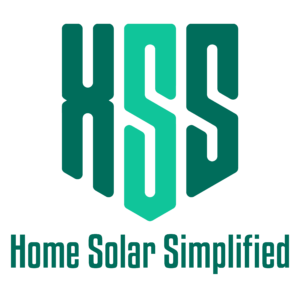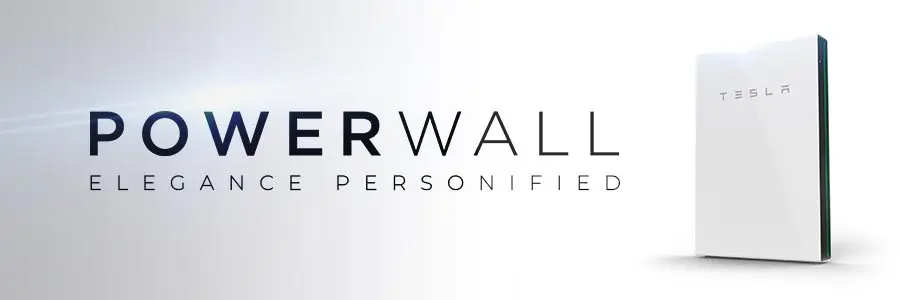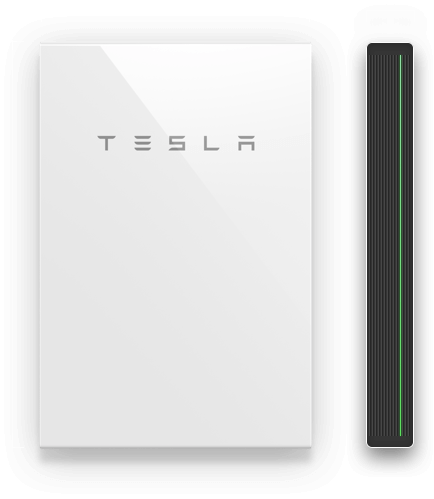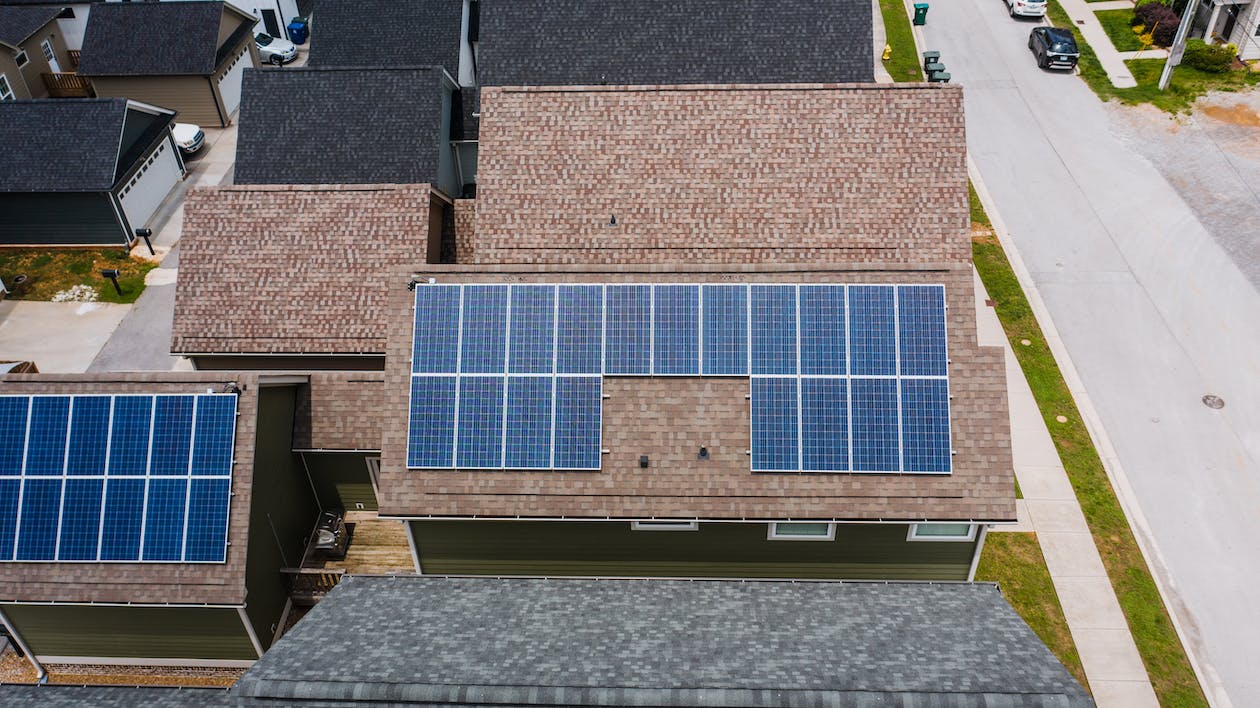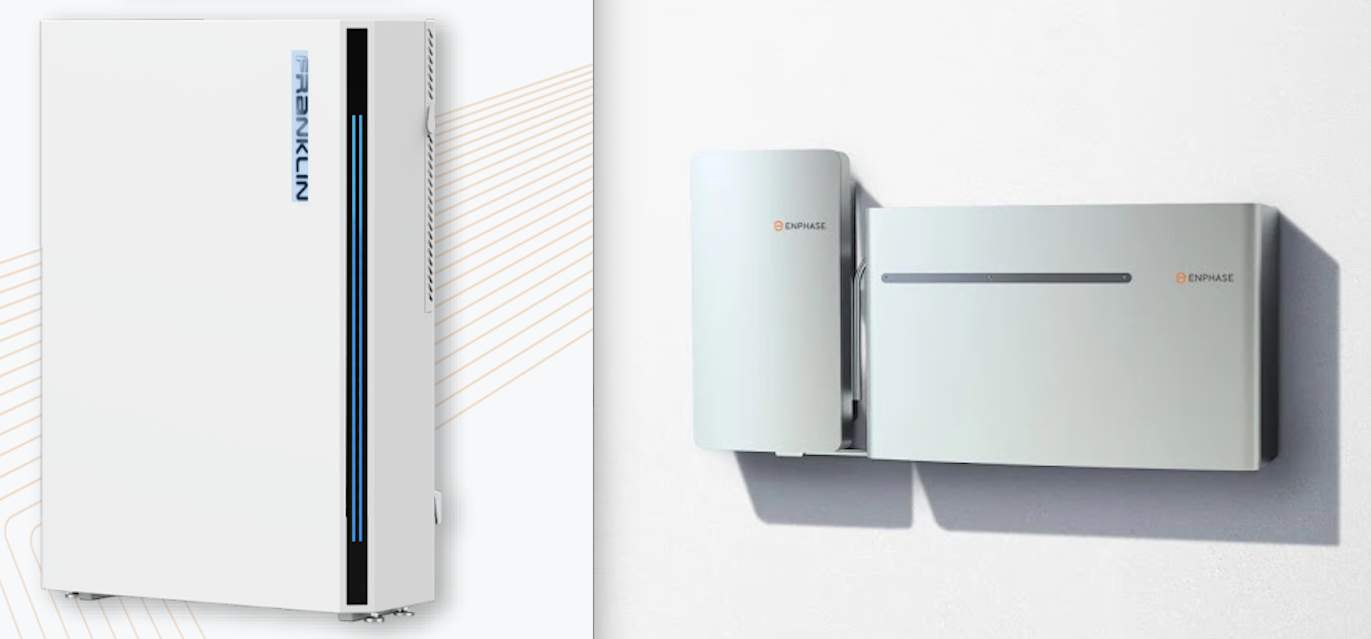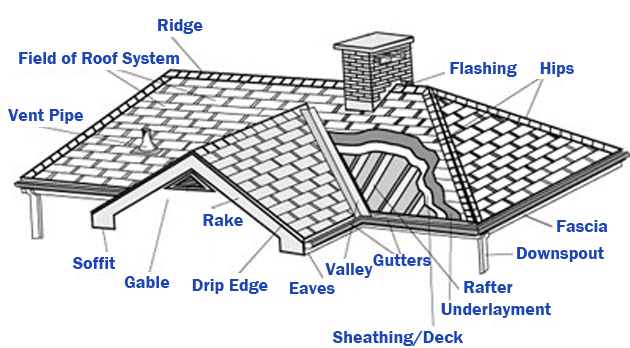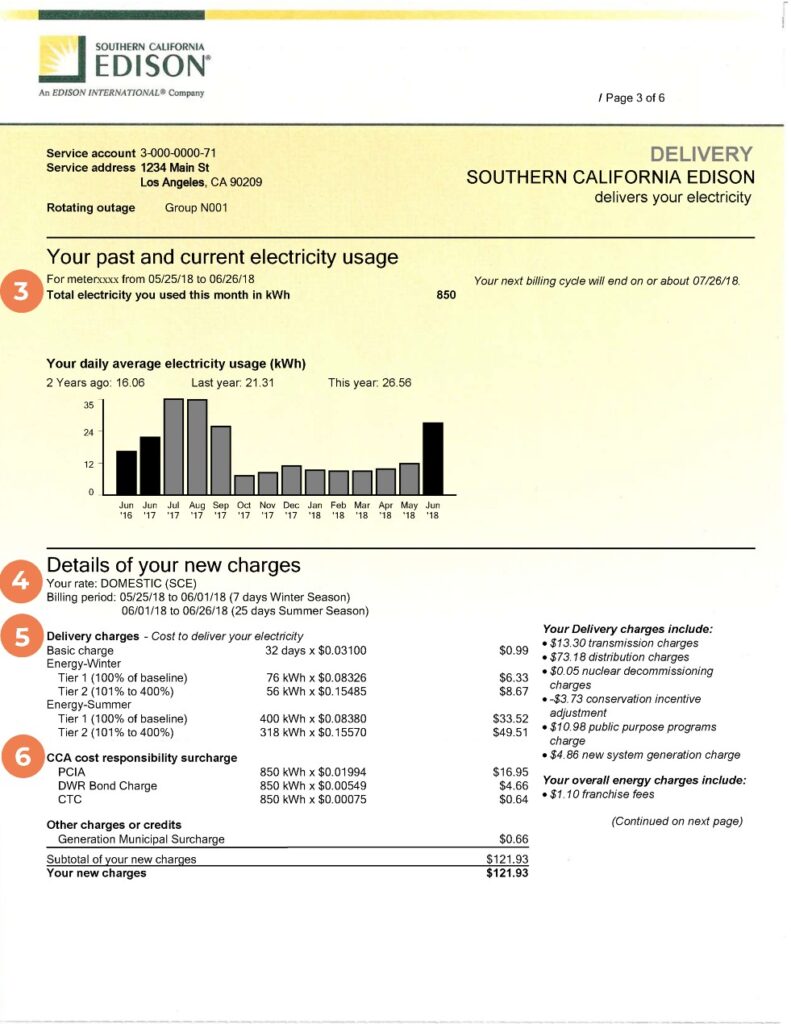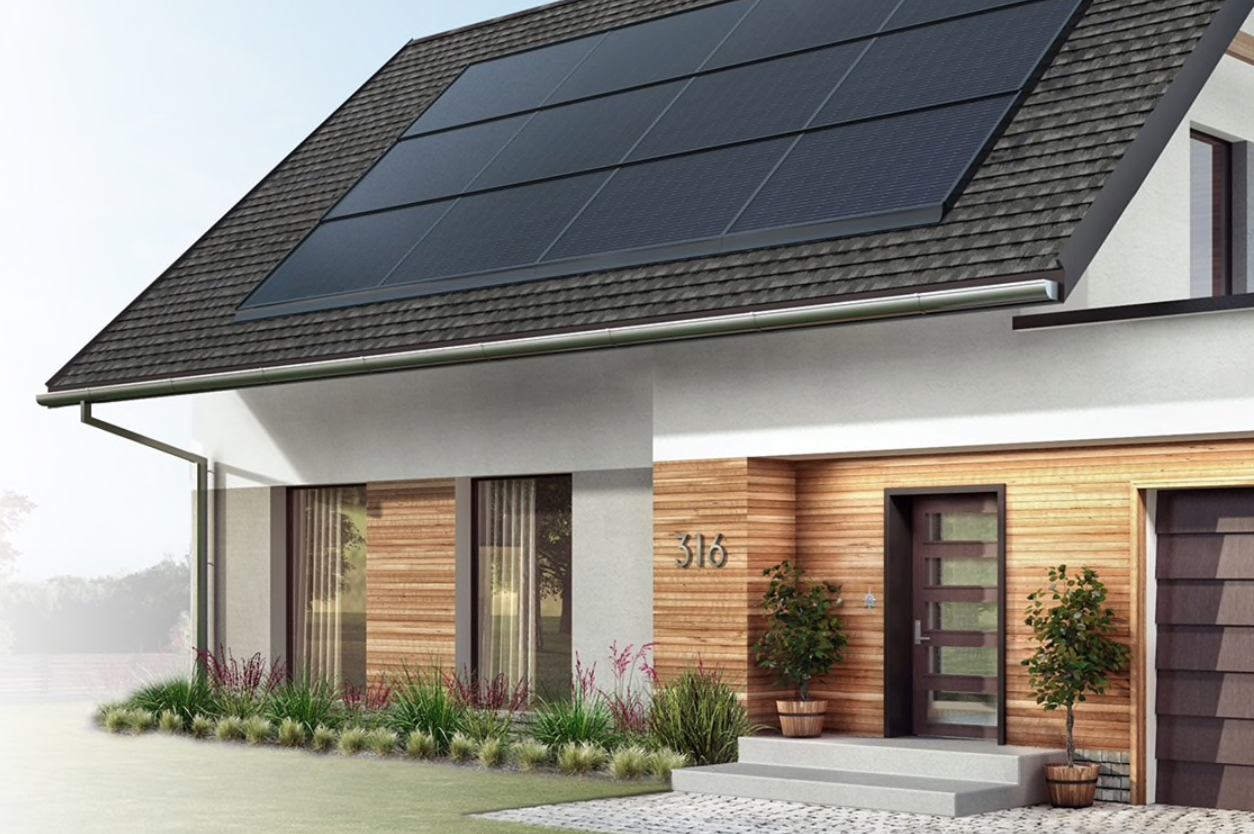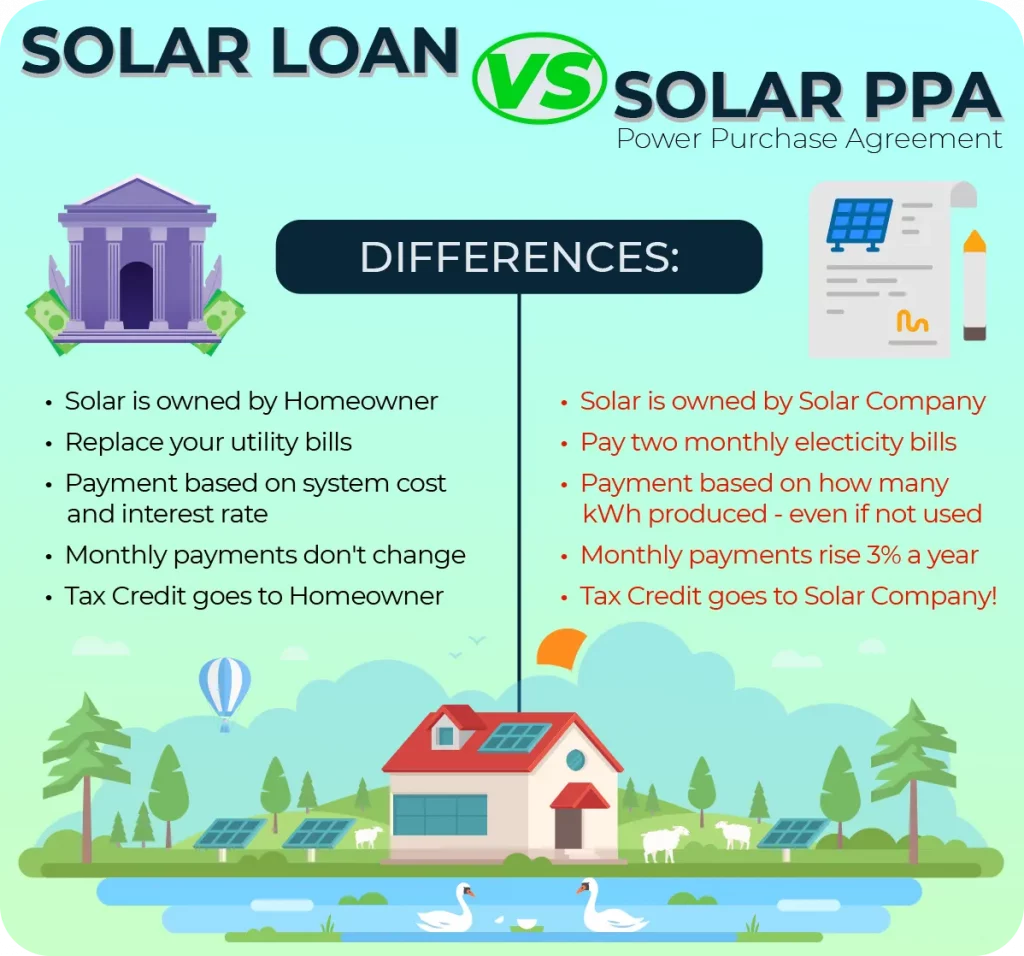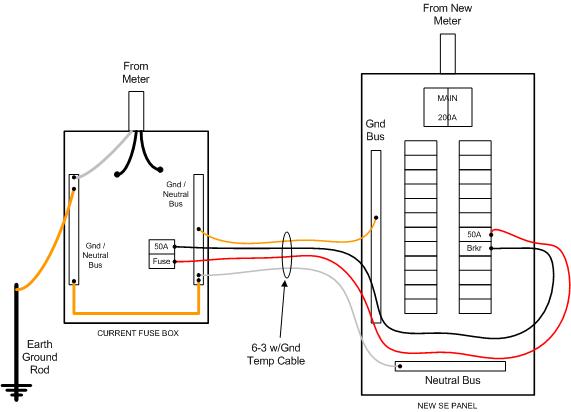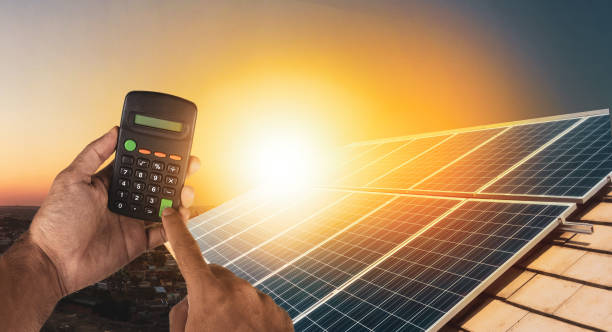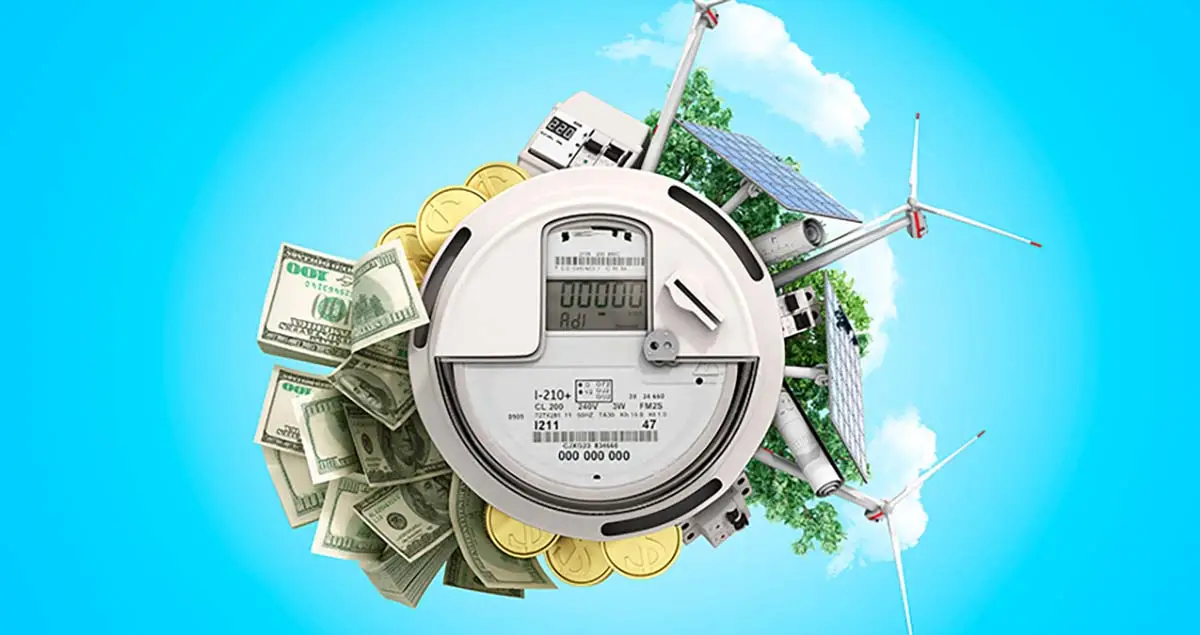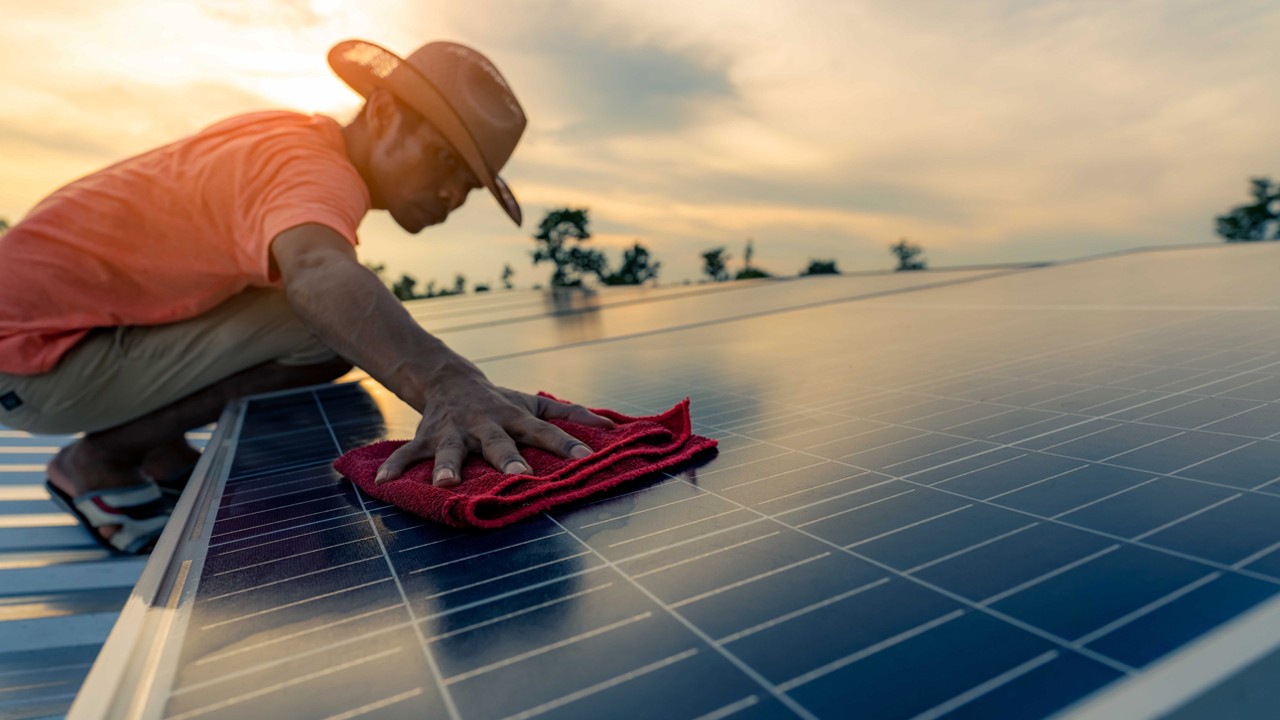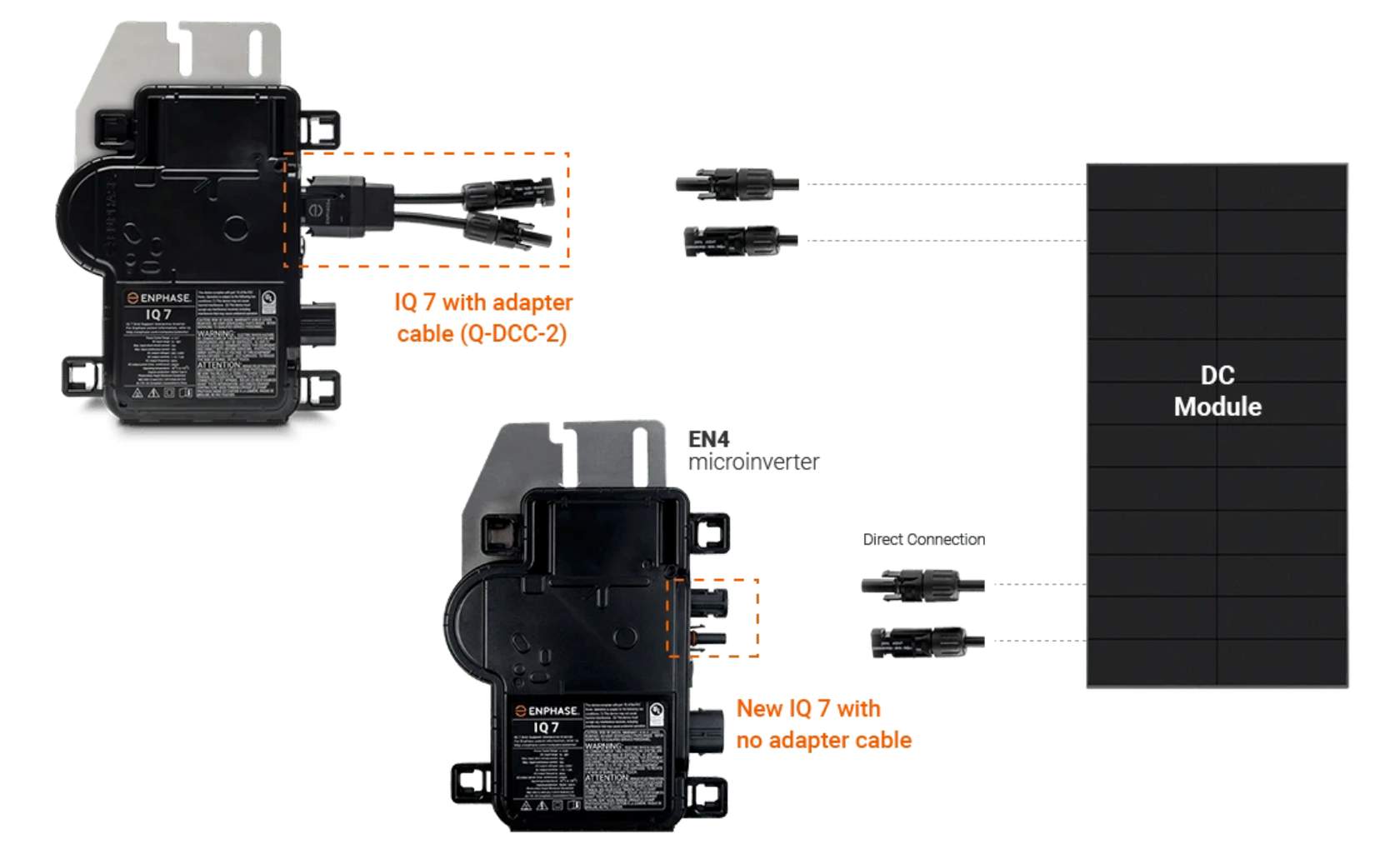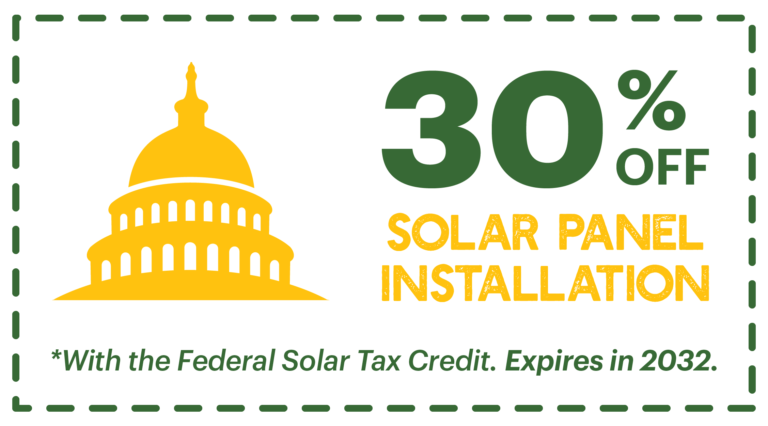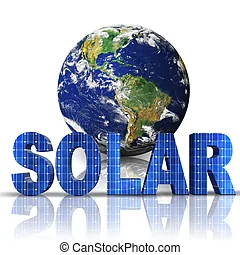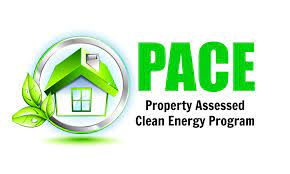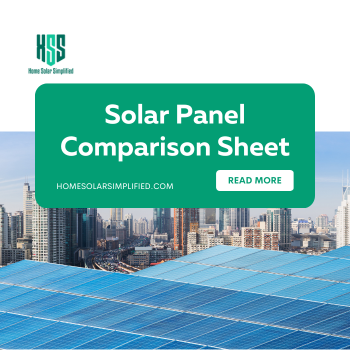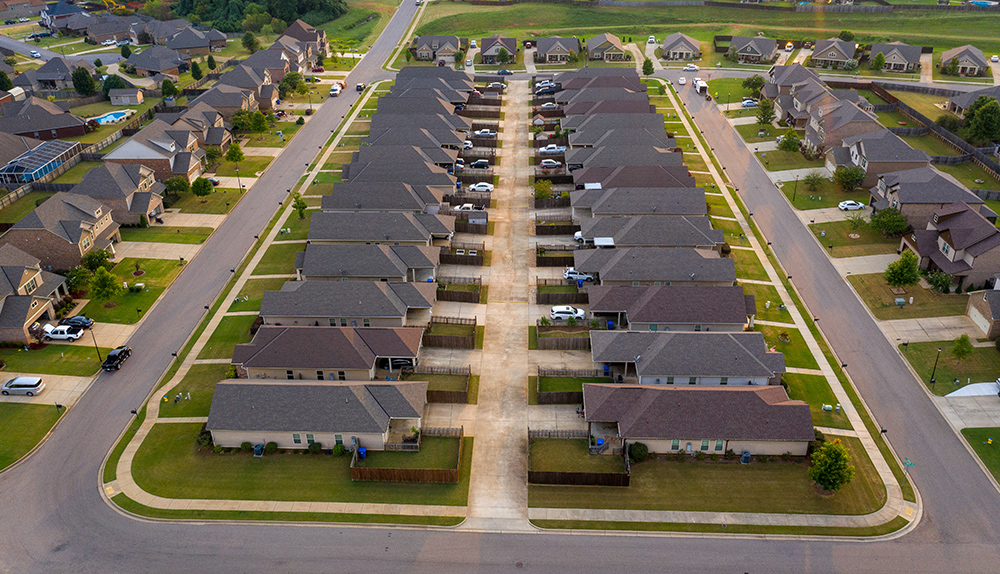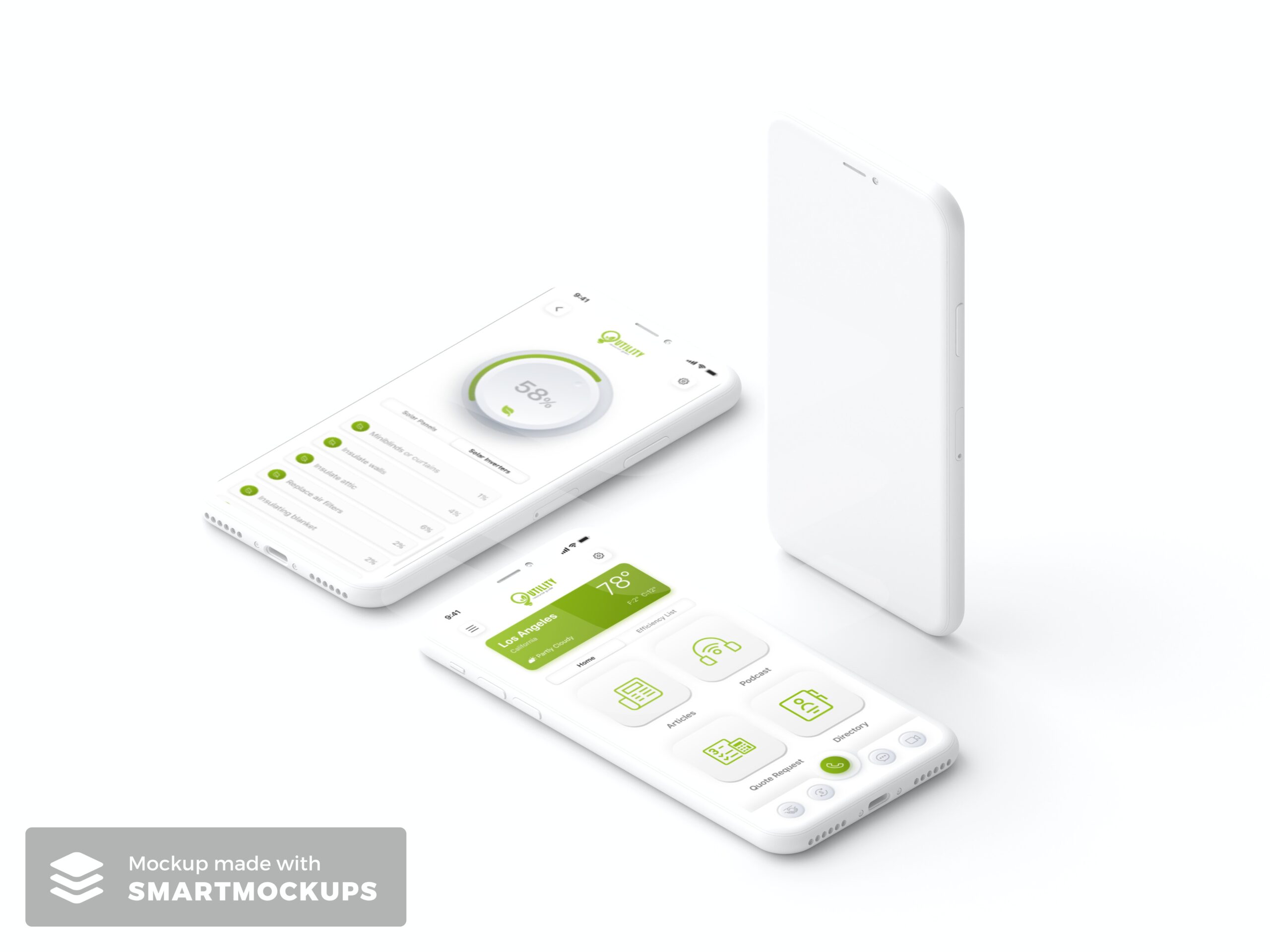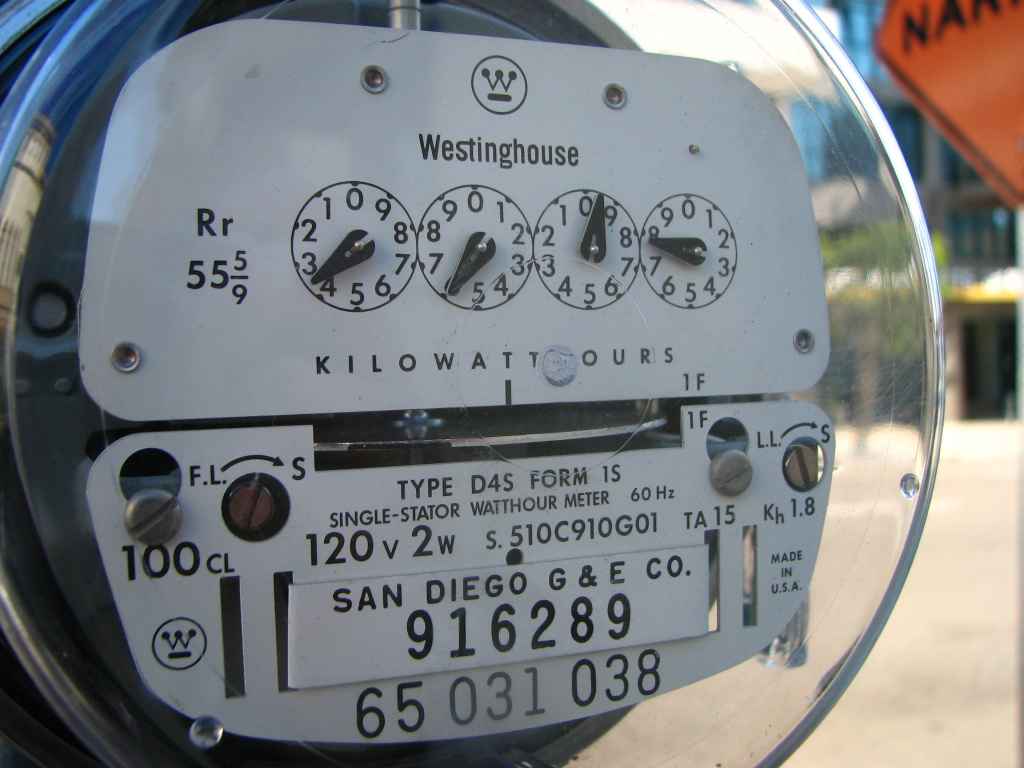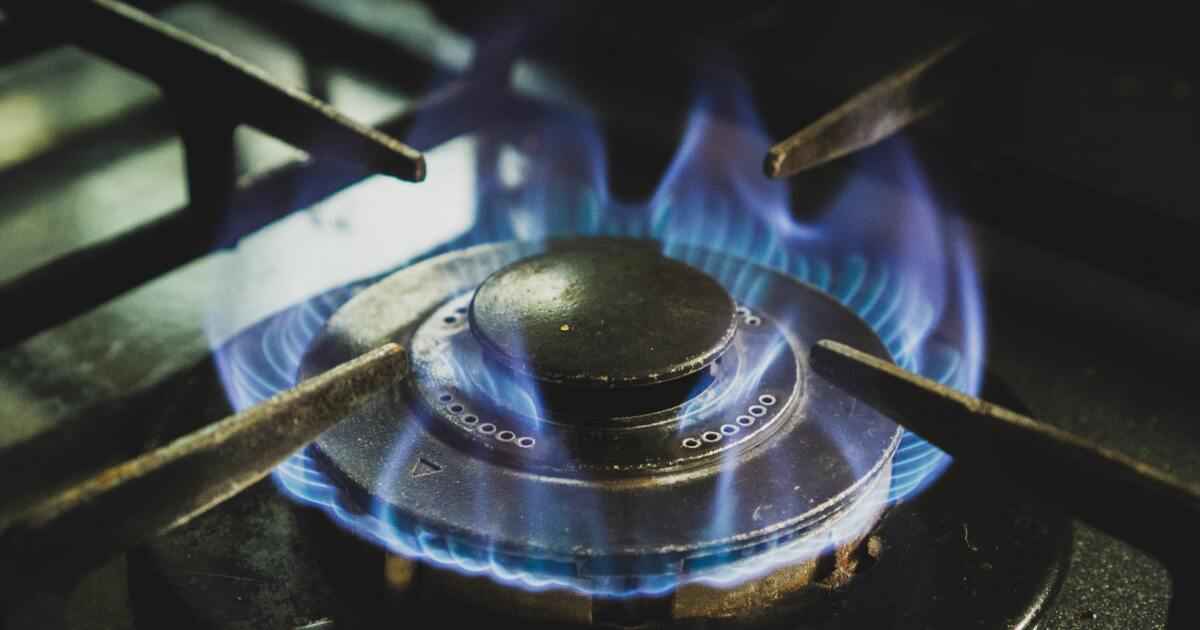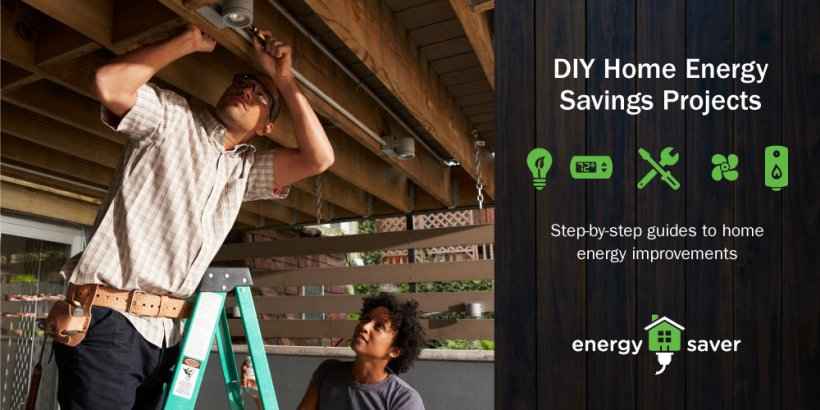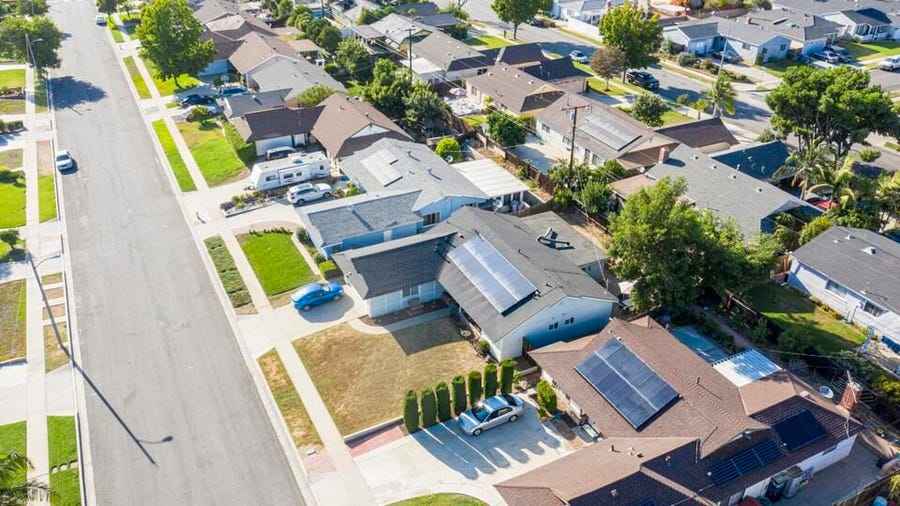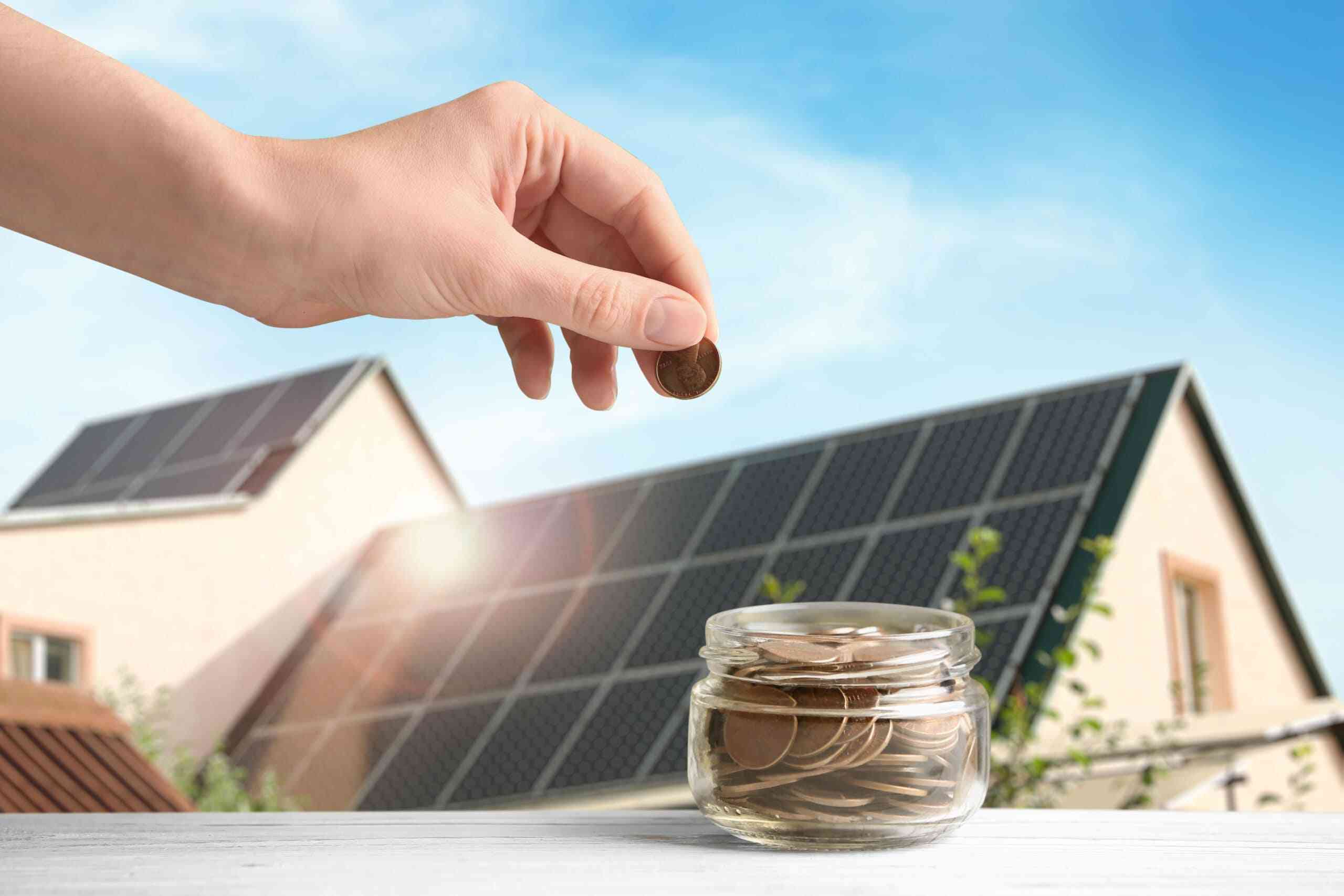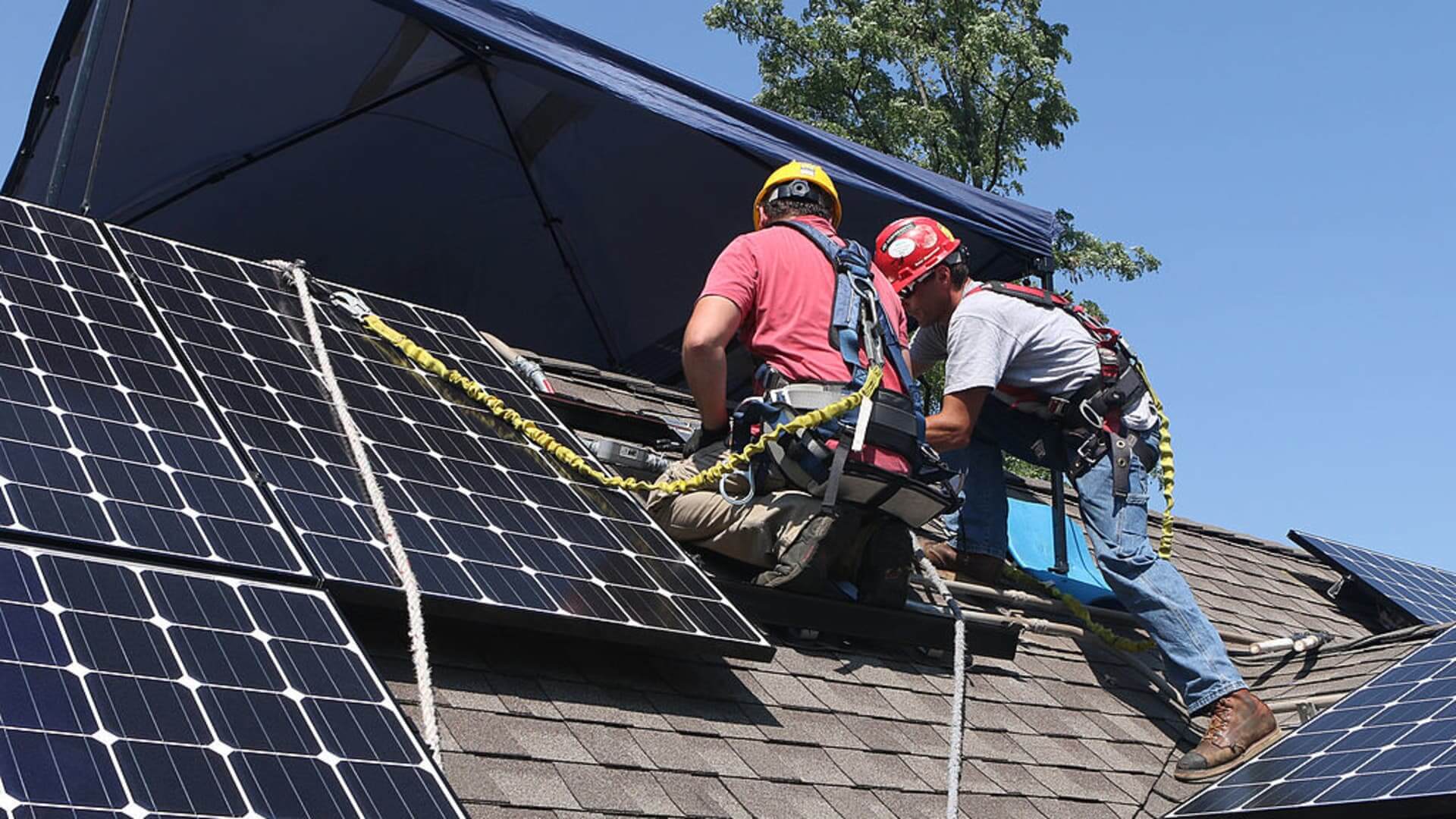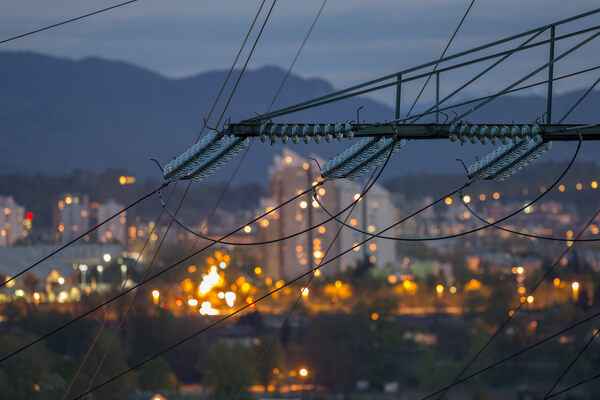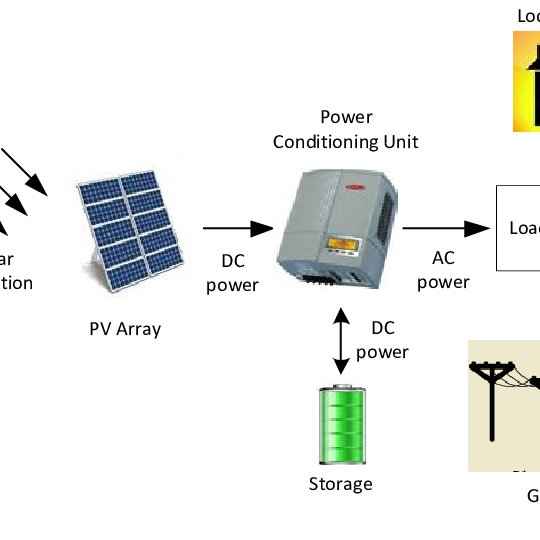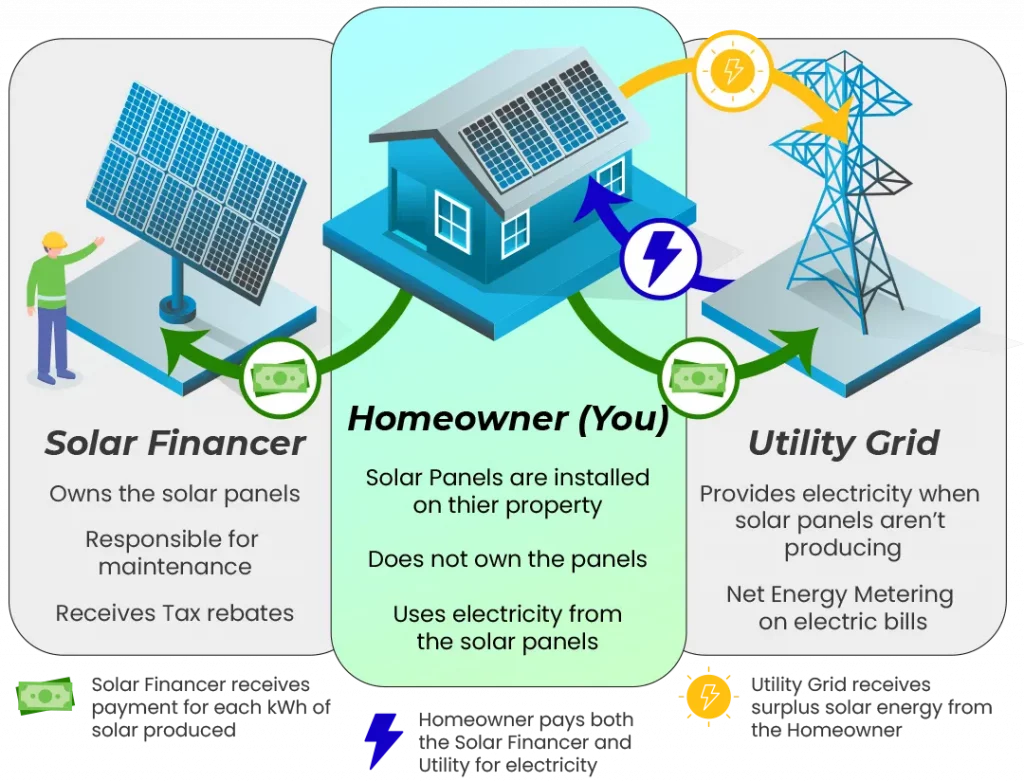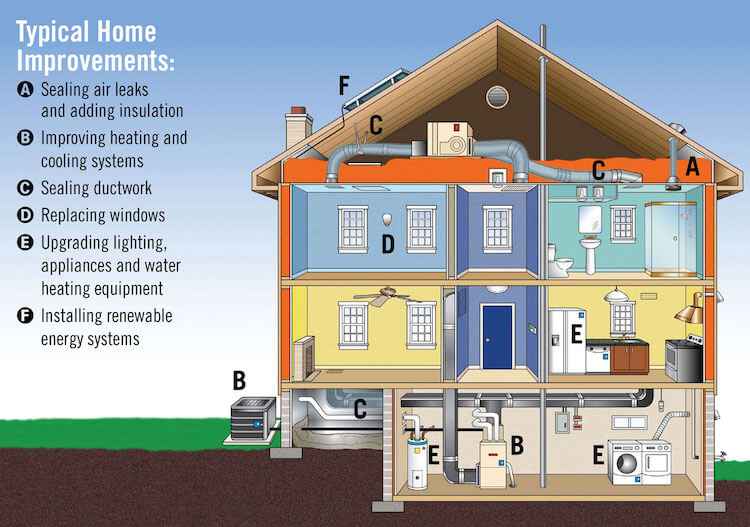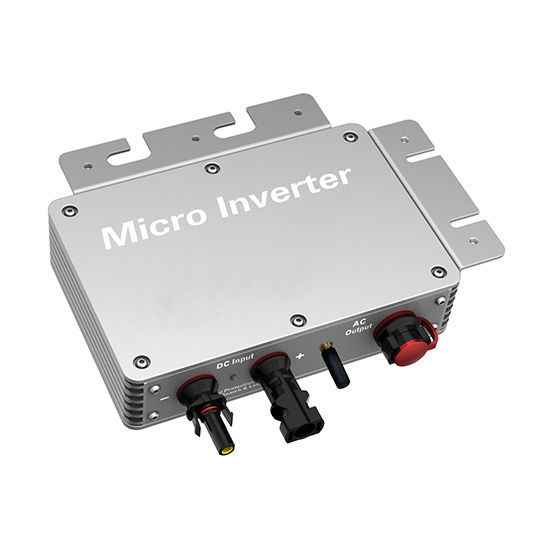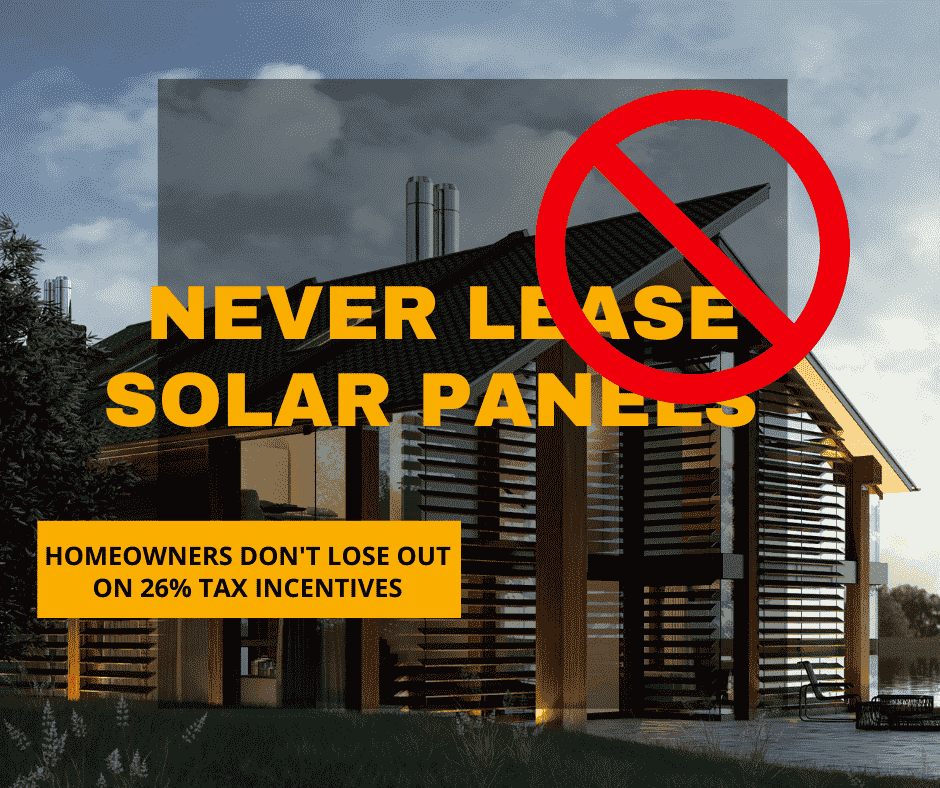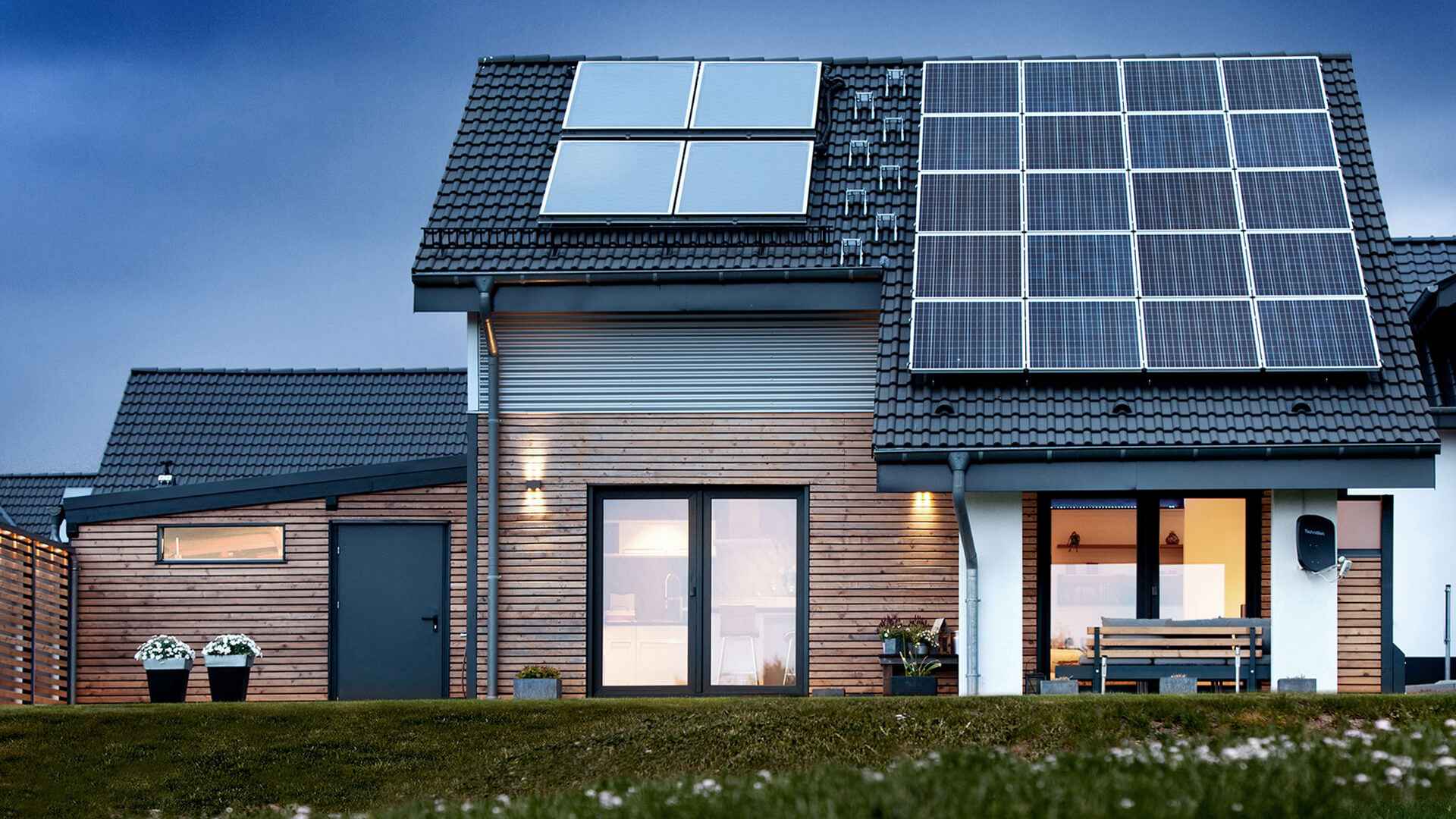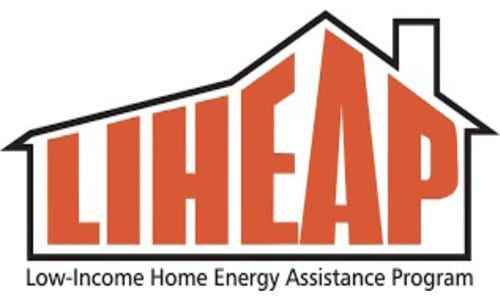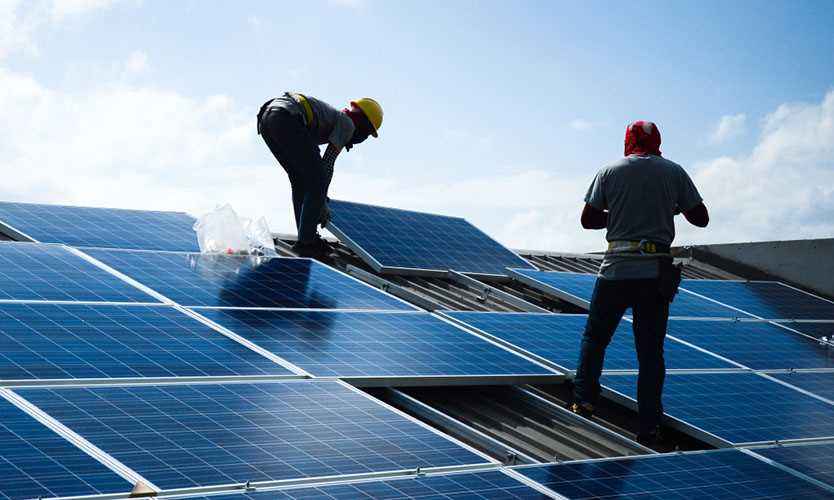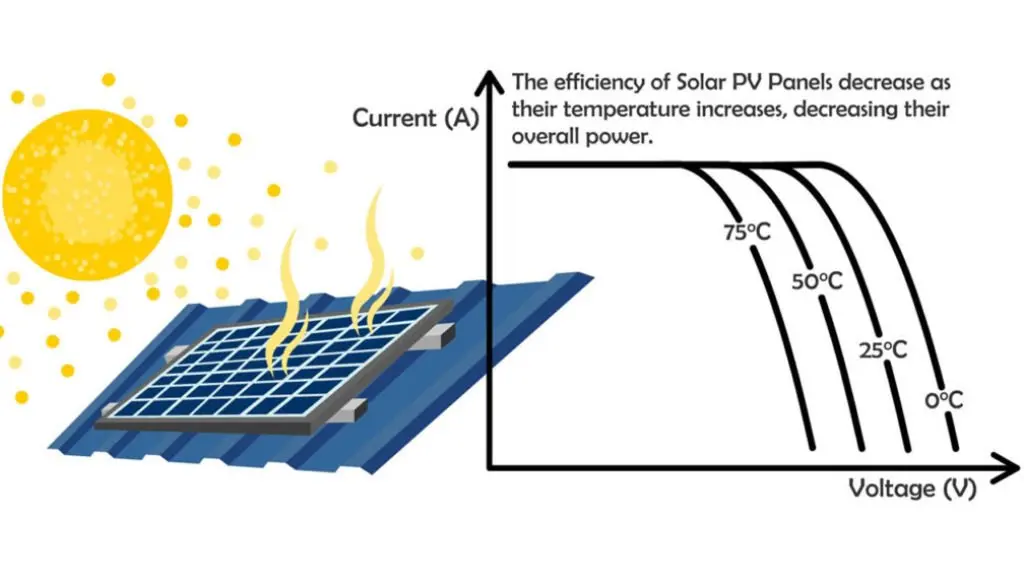
- December 18, 2022
- admin
- 0
Solar Panel Efficiency
Solar panel efficiency is a measure of the amount of sunlight (irradiation) that falls on the surface of a solar panel and is converted into electricity. Due to the many advances in photovoltaic technology over recent years, the average panel conversion efficiency has increased from 15% to well over 20%. This large jump in efficiency resulted in the power rating of a standard size panel increasing from 250W up to 400W.
As explained in detail below, solar panel efficiency is determined by two main factors; the photovoltaic (PV) cell efficiency, based on the cell design and silicon type, and the total panel efficiency, based on the cell layout, configuration and panel size. Increasing the panel size can also increase efficiency due to creating a larger surface area to capture sunlight, with the most powerful solar panels now achieving up to 700W power ratings.
Cell Efficiency
Cell efficiency is determined by the cell structure and type of substrate used, which is generally either P-type or N-type silicon. Cell efficiency is calculated by what is known as the fill factor (FF), which is the maximum conversion efficiency of a PV cell at the optimum operating voltage and current.
The cell design plays a significant role in panel efficiency. Key features include the silicon type, busbar configuration, junction and passivation type (PERC). Panels built using high-cost IBC cells are currently the most efficient (20-22%) due to the high purity N-type silicon substrate and no losses from busbar shading. However, panels developed using the latest monocrystalline PERC cells, N-Type TOPcon, and advanced heterojunction (HJT) cells have achieved efficiency levels well above 21%. Ultra-high efficiency Tandem Perovskite cells are still in the development phase but are expected to become commercially viable within the next few years.

Solar cell efficiency chart showing the projected cell efficiency increases from 2022 to 2025 – Image credit JA Solar
Panel Efficiency
Solar panel efficiency is measured under standard test conditions (STC), based on a cell temperature of 25°C, solar irradiance of 1000W/m2 and Air Mass of 1.5. The efficiency (%) of a panel is effectively calculated by dividing the maximum power rating or Pmax (W) at STC, by the total panel area measured in meters squared.

Overall panel efficiency can be influenced by many factors including; temperature, irradiance level, cell type, and interconnection of the cells. Surprisingly, even the colour of the protective backsheet can affect efficiency. A black backsheet might look more aesthetically pleasing, but it absorbs more heat resulting in higher cell temperature which increases resistance, this in turn slightly reduces total conversion efficiency.

The solar cell type, design and configuration all have an impact on panel efficiency
Panels built using advanced ‘Interdigitated back contact’ or IBC cells are the most efficient, followed by heterojunction (HJT) cells, TOPcon cells, half-cut and multi-busbar monocrystalline PERC cells, shingled cells and finally 60-cell (4-5 busbar) mono cells. 60 cell poly or multicrystalline panels are generally the least efficient and equally the lowest cost panels.
